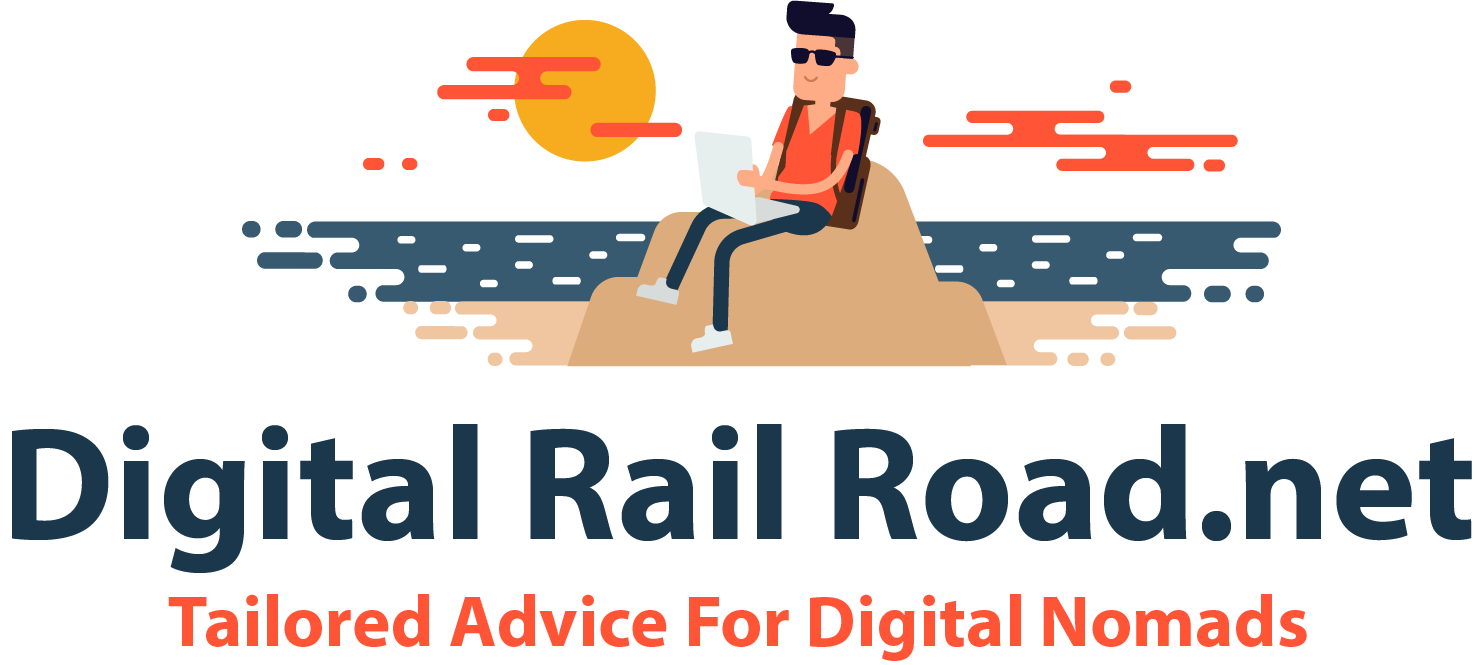 Transcription services are in high demand because the digital age opened the means to record court sessions, conferences, phone calls, and meetings. It means more jobs for transcriptionists, who process the recordings and convert them into written documents. Transcripts are available and accessible to users anytime. Modern transcriptionists should be adept in the different types of transcription. In addition, there are new tools available to increase the level of proficiency.
Transcription services are in high demand because the digital age opened the means to record court sessions, conferences, phone calls, and meetings. It means more jobs for transcriptionists, who process the recordings and convert them into written documents. Transcripts are available and accessible to users anytime. Modern transcriptionists should be adept in the different types of transcription. In addition, there are new tools available to increase the level of proficiency.
Using transcription services
Many corporations consider using real-time transcription services for their live events. They do this to ensure that every participant can follow that event, especially the people who are deaf or hard of hearing.
It is not only accessibility that leads to the increase in the use of transcription services. For example, the process allows organizations to keep records of the court and legislative body proceedings. In the past, converting speech to text accurately in real time was a challenge. It was likewise expensive. However, modern applications like AI transcription by Verbit make the process possible.
Comparing post-production and real-time
Companies use different types of transcription. For example, several organizations use post-production transcription services where the firm processes the recorded material. For most professional use, human transcriptionists do the transcription. For regular use, the media file is processed by automatic transcription software.
But for live events like seminars and university lectures, real-time transcription is the most appropriate solution since the audience needs to understand what is going on. Today, some companies offer AI-powered live transcription services. The process has many benefits, including higher accuracy, faster results, and affordability.
Who benefits from transcriptions?
The benefits of transcription are numerous, with less stress, improved efficiency in business, and reduced overhead topping the list.
- Several companies and individuals benefit from transcription, such as authors, entrepreneurs, publicity coaches, podcasters, market researchers, event speakers, students, healthcare providers, and law firms. They need transcription services because text files of recordings are more valuable and acceptable to users.
- In the legal sector, law firms, paralegals, court reporters, and attorneys are leading users of transcription services. They need transcripts of recorded evidence, depositions, court hearings, and statements of legal witnesses. With the transcripts, misinterpretation is prevented.
- Medical practitioners and healthcare providers often request transcription of patient procedures, notes, and other materials for patient records, insurance, and other medical-related applications.
- The education sector also benefits from transcription, post-production, or real-time. Students, lecturers, and people taking doctorate degrees need transcription services, as most source materials for class lectures, seminars, research, and interviews are recorded. In addition, several universities and colleges offer recorded content for online courses. As a result, it is easier to study written content, and it gives access to people with hearing disabilities.
- Market researchers benefit from transcription services as they can access the written data file, feedback, discussions, and interviews that they need to prepare brand strategies.
- The business sector requires and uses various types of information. For example, companies can upload transcripts of their keynote speeches during live events such as conferences and symposia. Transcription services allow busy entrepreneurs to archive and keep vital interviews, meetings, and urgent phone calls. Documents are easier to locate than finding the specific information from recordings.
Organizations recognize the value of transcription services for various uses. They can use human transcription services, machine-aided transcription, AI-powered transcription, and real-time transcription according to their needs. Transcription allows equal and faster access to information for all, especially for people who are hearing impaired.
